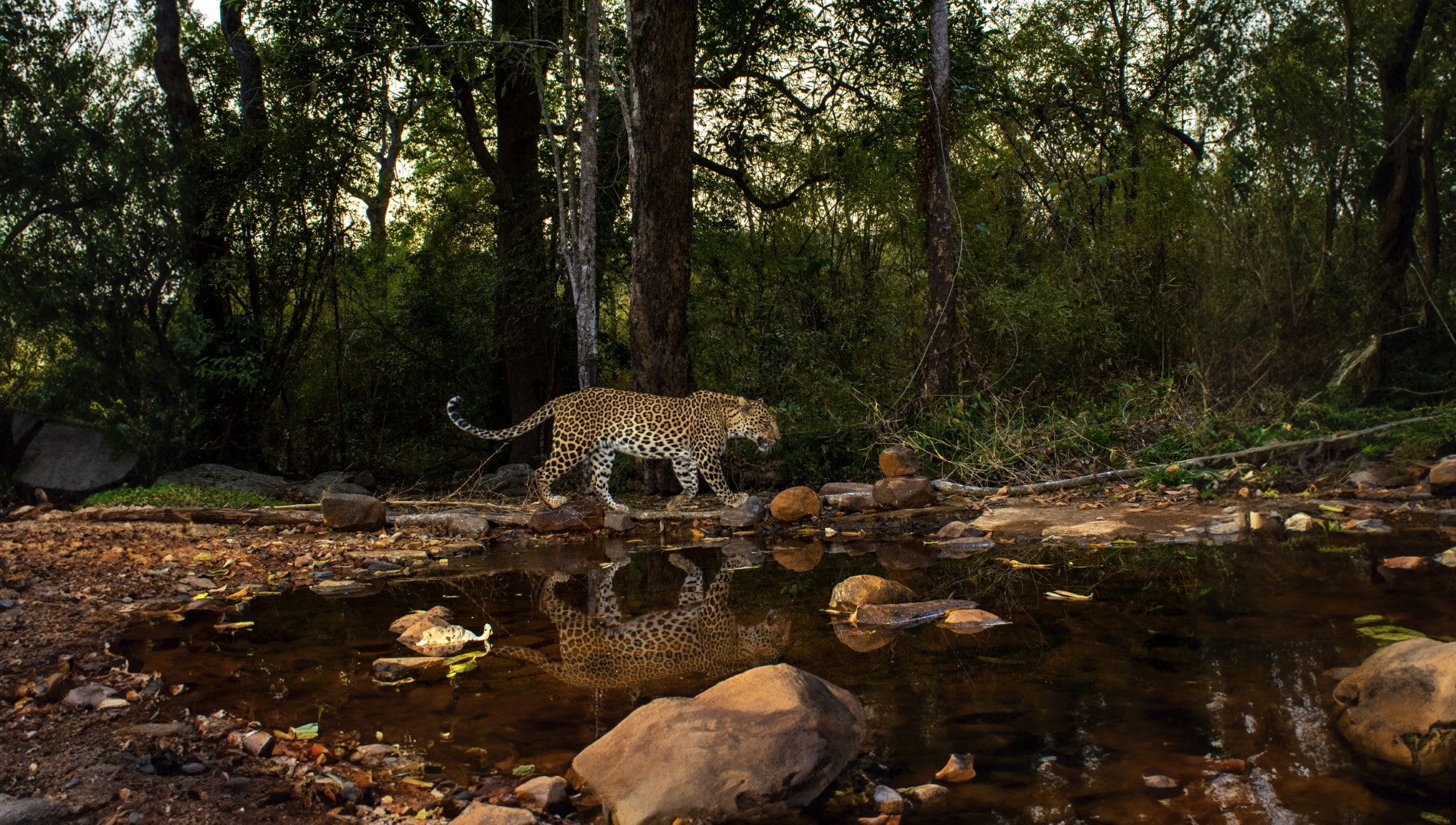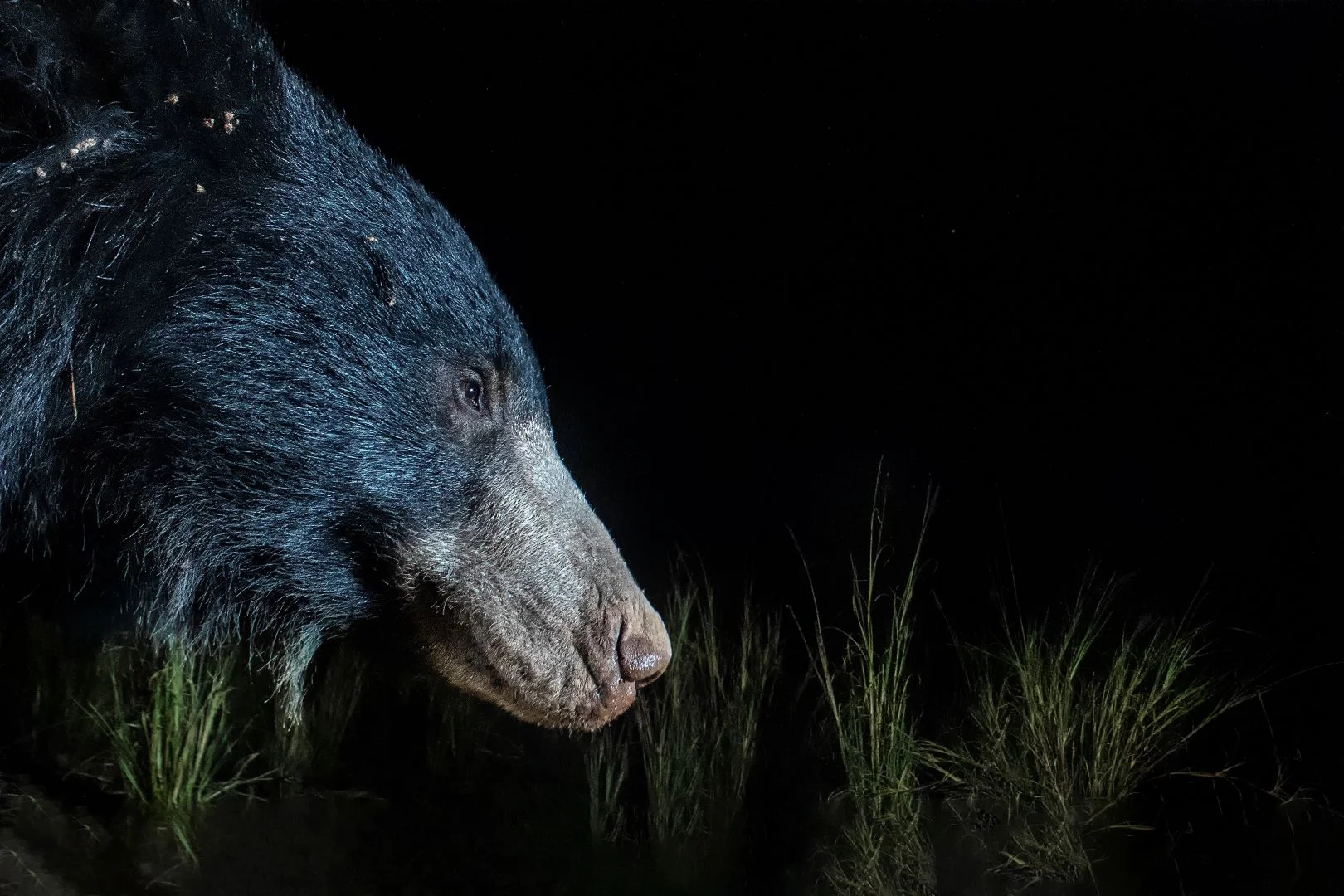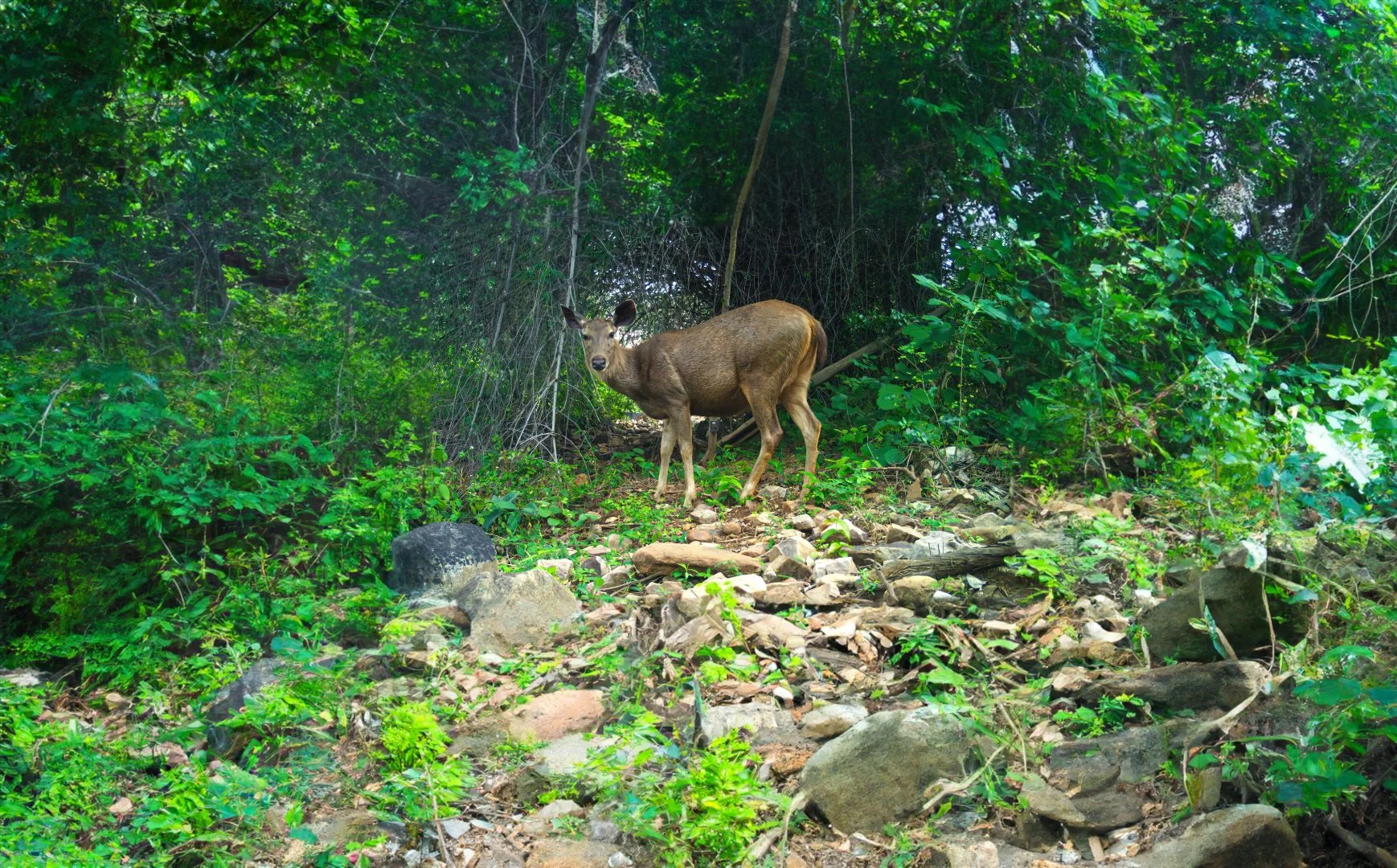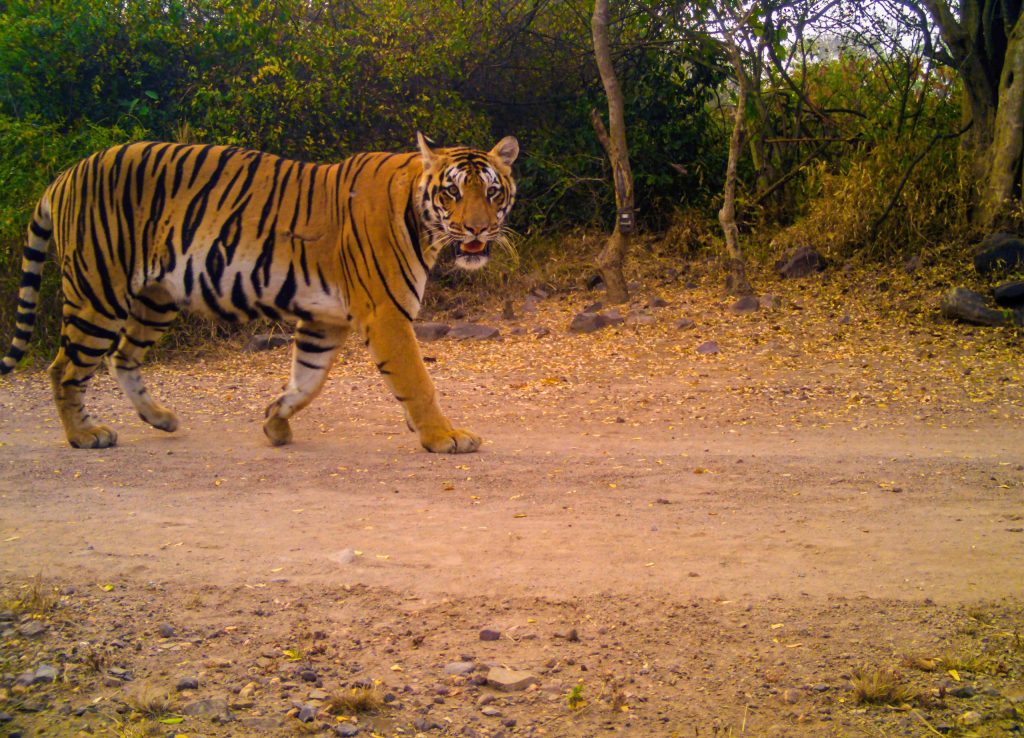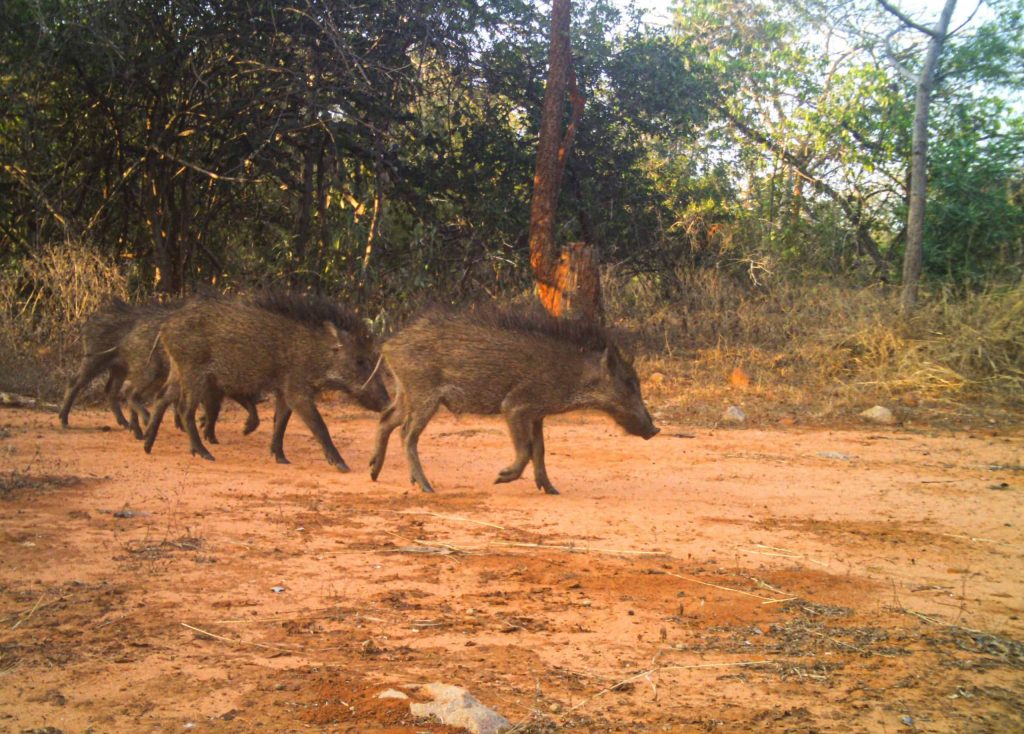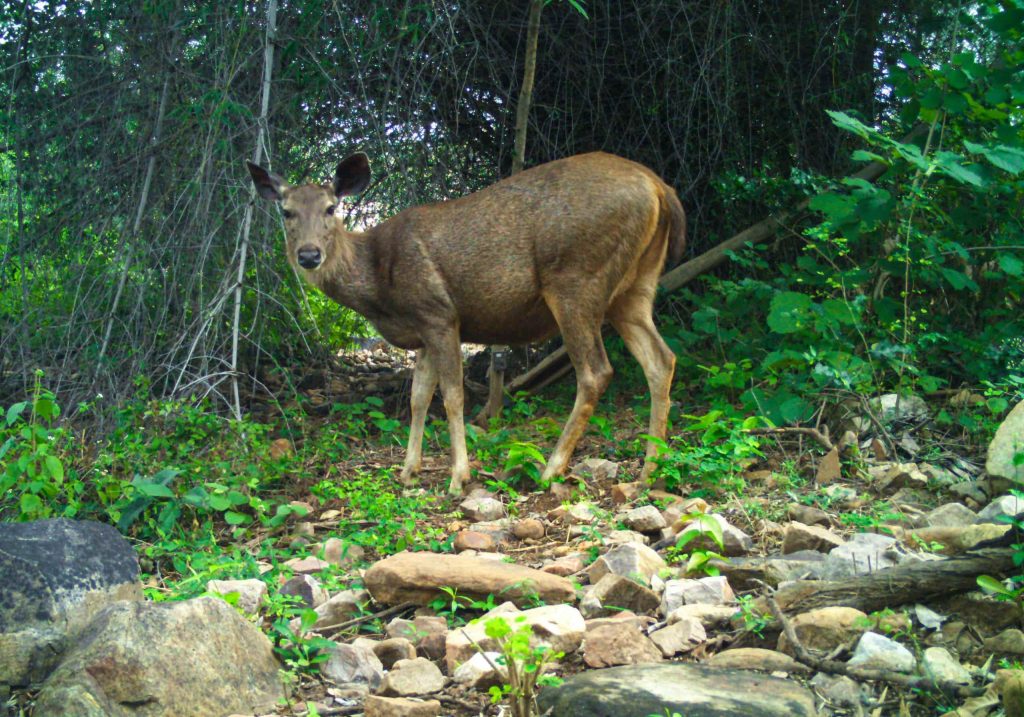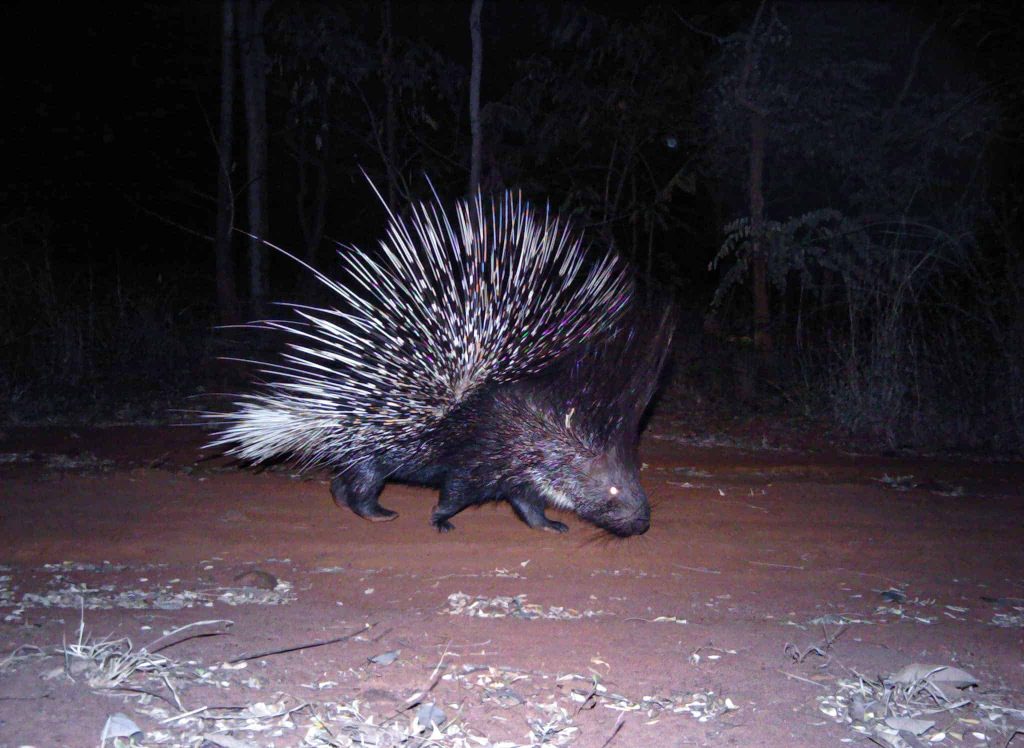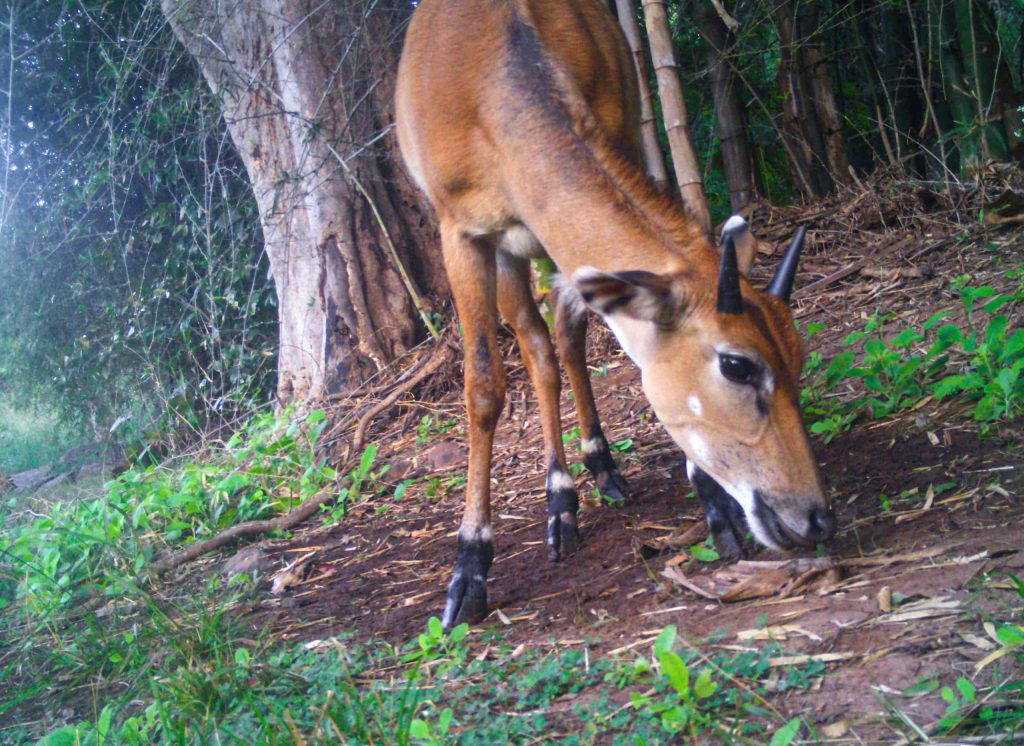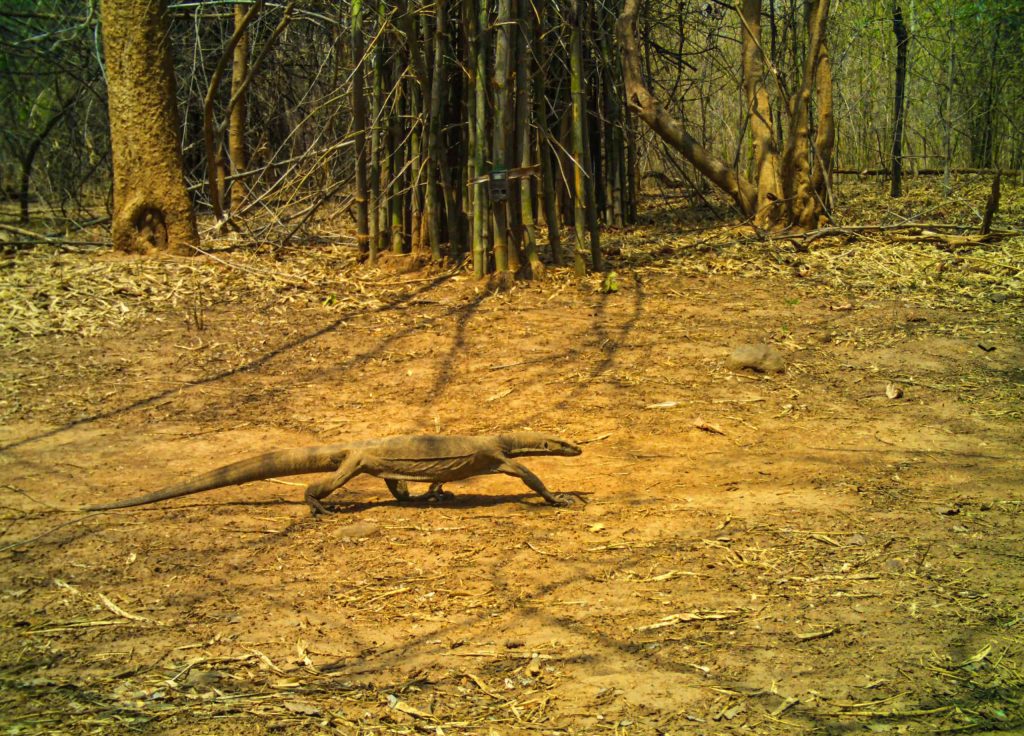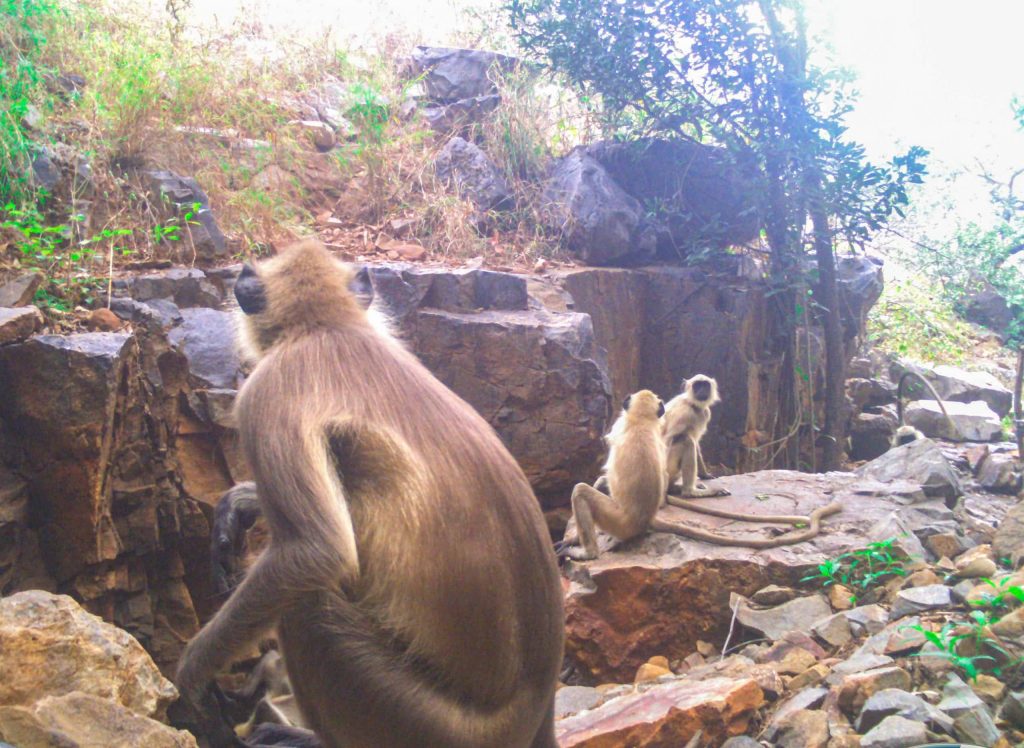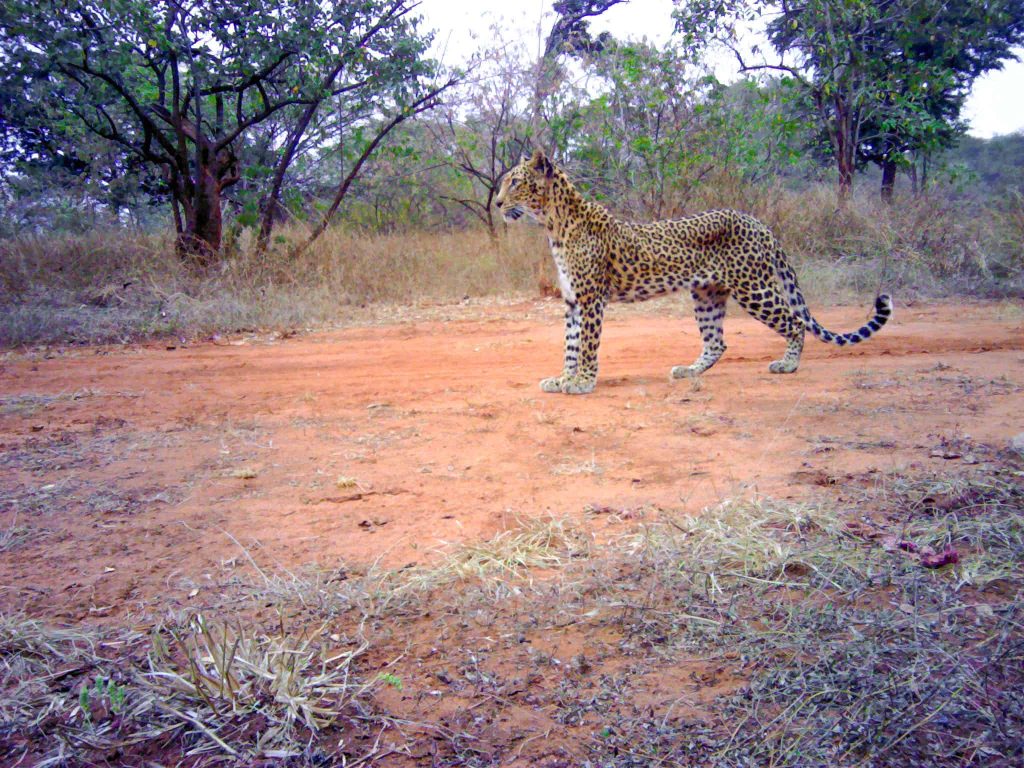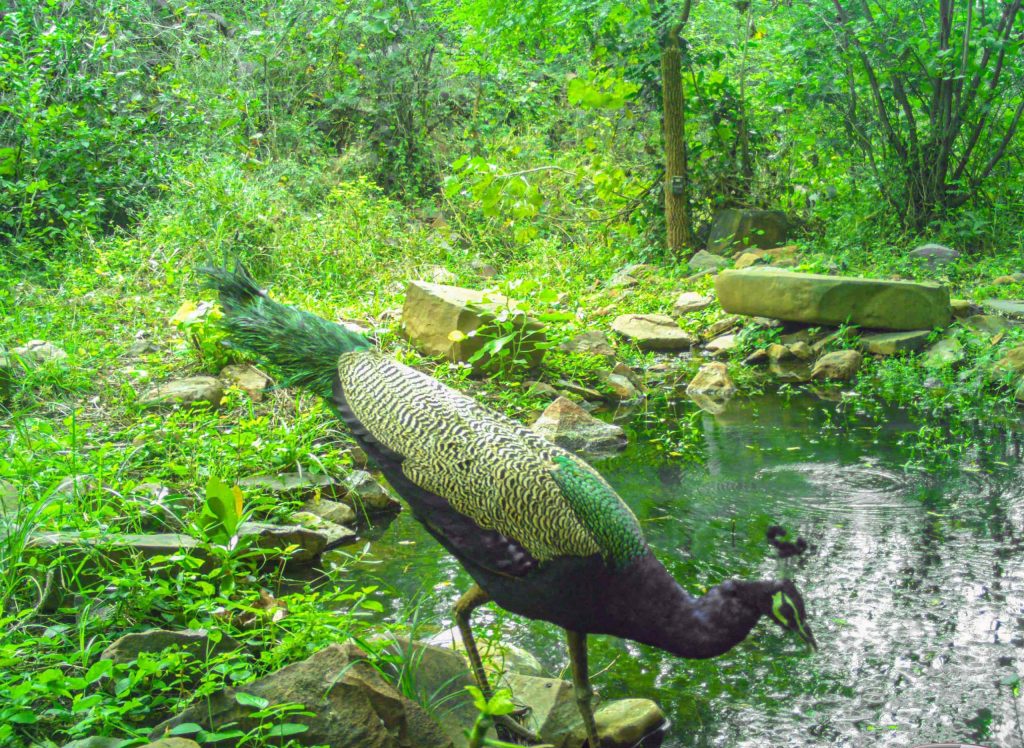in India
Nagarjunasagar Srisailam Tiger Reserve
15 Years Business Of Experiences Services
Lorem ipsum dolor sit amet, consectetur adipiscing elit. Ut elit tellus, luctus nec ullamcorper mattis, pulvinar dapibus leo.
The Professional Worker & Inhouse Designer
Lorem ipsum dolor sit amet, consectetur adipiscing elit. Ut elit tellus, luctus nec ullamcorper mattis, pulvinar dapibus leo.
Have Best Feedback From Our Clients & Partner
Lorem ipsum dolor sit amet, consectetur adipiscing elit. Ut elit tellus, luctus nec ullamcorper mattis, pulvinar dapibus leo.
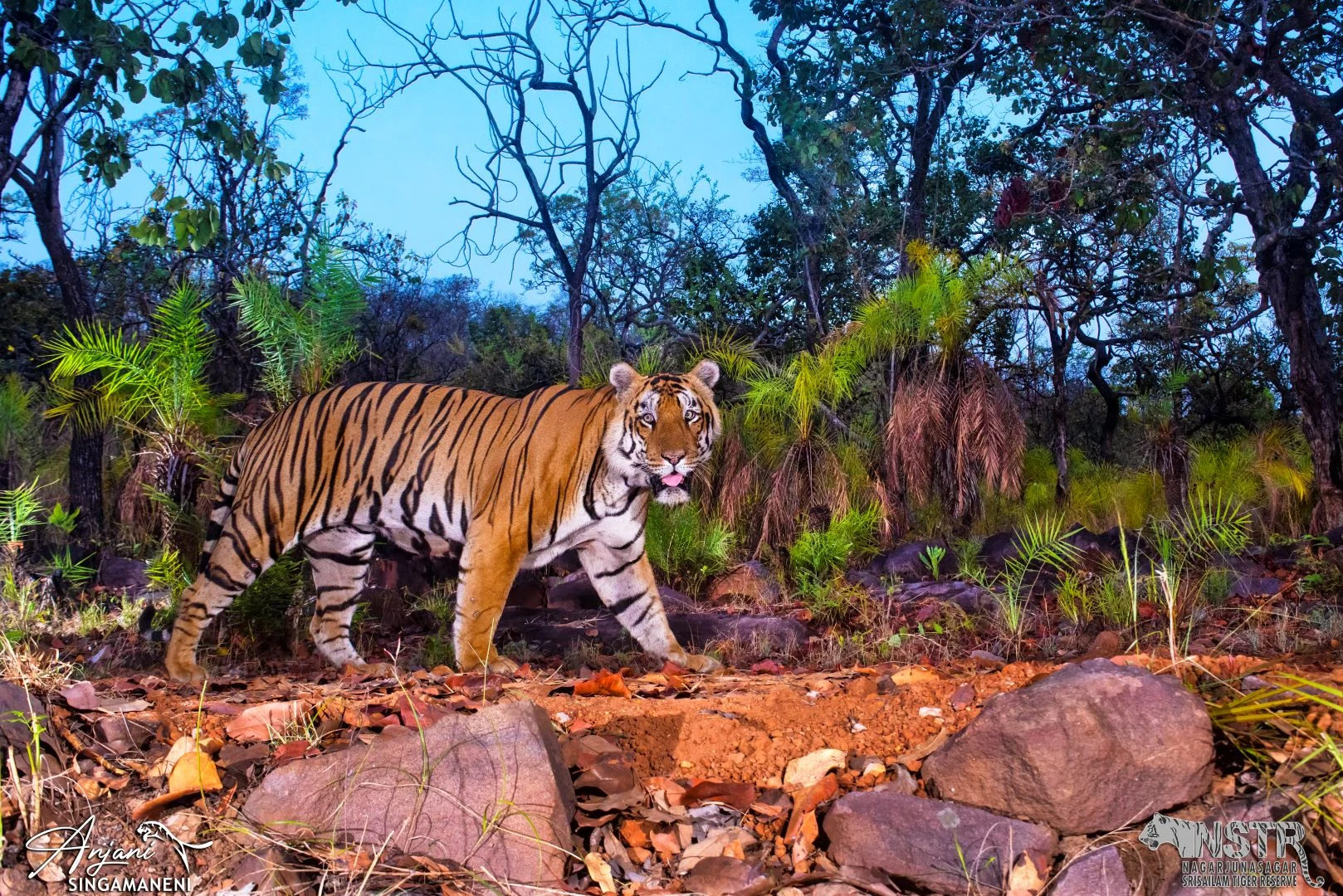
About Us
Nagarajunasagar Srisailam Tiger Reserve (NSTR) is located in the Nallamala hill ranges (offshoot of the Eastern Ghats) of Andhra Pradesh. It attained the status of a Tiger Reserve in 1983. The total area of the reserve including core and buffer is 3727.82 Square Kilo meters and it is India’s largest Tiger Reserve. NSTR spreads across Prakasam, Nandyal and Palnadu Districts of Andhra Pradesh.
The tiger reserves divided into 4 divisions- Markapur, Atmakur, Nandyal and Giddalur
Two wildlife Sanctuaries, namely Rajiv Gandhi Wildlife Sanctuary and Gundla Brahmeswaram Wildlife Sanctuary (GBM) constitute the Tiger Reserve.
The Nallamala hill ranges contain a number of plateaus, of which, Amrabad, Srisailam, Peddacheruvu, Sivapuram, and Nekkanto or noteworthy. There are Several waterfalls in the reserve such as the Ethpothala Falls, Pedda Dukudu, Gundam and Chaleswaram
The ancient temples at srisailam of Lord Malikarjuna and his consorts goddess Bhramaramba, an incranation of Parvathi, contain one of the twelve sacred jyothilingas and one of the eighteen mahasakthi Peethas in india
This area contains ruins of Nagarjuna Viswa Vidyalayam. The site was once the location of many Buddhist universities and monasteries
This area contains several rock shelters and cave temples including Akka Mahadevi Bhilam, Dattatreya Bhilam, Umaa Maheshwaram, Kadalivanam, and palankasari.
The river Krishna traverses through this Tiger Reserve for a linear distance of around 270 Kilo meters.
Top Things to do
Wildlife Safaris
Wildlife Safaris - Nagarjunasagar Srisailam Tiger Reserve(NSTR) boasts of an outstanding array of diversity of flora and fauna.
Stay in Jungle Camps
Stay In Jungle Camps - The Nagarjunasagar Srisailam Tiger Reserve(NSTR) also has 3 facilities for the tourists to stay amidst the thick, lush green jungle.
Bird Watching
Nagarjunasagar Srisailam Tiger Reserve( NSTR) is home to an outstanding array of bird species.
Temple Visit In The Core Area
Experience serenity with Nstr on a temple visit in the core area, blending spiritual tranquility with cultural heritage.
Photography
Photography - NSTR has countless landscapes and locations which are photographer's paradise.
Hiking
Hiking - Nestled in the southern eastern ghats, NSTR has numerous hills and hiking trails which hold a lot of promise for the trekking enthusiasts.
Top Attractions in NSTR

Tummalabailu eco-tourism
This is a magical and pristine viewpoint where one gets breathtaking view of NSTR.

Pulicheruvu
This translates to Pond of Tigers in English. This is one of the popular points where the gypsies usually halt during the safari in Tummalabailu eco-tourism.

Srisailam Mallikarjuna temple
It is significant to the Hindu sects of both Shaivism and Shaktism as this temple is referred to as one of the twelve "Jyotirlingas" of Shiva and as one of the eighteen "Shakti Pithas", centres of the Hindu Goddess.

Ishta Kameshwari temple
This is one of the small ancient temples nestled deep in the core area of NSTR.

Watchtower view in Bairluty Jungle safari
Well, the picture says it all. The deepest lush green jungles of NSTR can be viewed from this watch tower which is just a supremely immersive and exhilarating experience.

Natural salt licks of Bairluty
It's a place where animals can go to lick essential mineral nutrients from a deposit of salts and other minerals.

Grasslands of Rollapadu
These are one of the best grasslands of the country which host some impressive number of Balckbuck populations.

About Us
Nagarajunasagar Srisailam Tiger Reserve (NSTR) is located in the Nallamala hill ranges (offshoot of the Eastern Ghats) of Andhra Pradesh. It attained the status of a Tiger Reserve in 1983. The total area of the reserve including core and buffer is 3727.82 Square Kilo meters and it is India’s largest Tiger Reserve. NSTR spreads across Prakasam, Nandyal and Palnadu Districts of Andhra Pradesh.
Two wildlife Sanctuaries, namely Rajiv Gandhi Wildlife Sanctuary and Gundla Brahmeswaram Wildlife Sanctuary (GBM) constitute the Tiger Reserve.
The river Krishna traverses through this Tiger Reserve for a linear distance of around 270 Kilo meters.
How to reach:-
- By Road
- Hyderabad to NSTR 200 Km
- By Air
- Nearest Airport – Rajiv Gandhi International Airport, Hyderabad – 190 Km
- NTR Amaravathi International Airport, Vijayawada – 238 Kms
NSTR FAQ'S
Frequently Asked Questions About NSTR
To make oneself experience the beauty and depth of wilderness and to get educated about the need to conserve forests and wildlife.
Each season brings its own beauty. If you want to witness the sight of dense, lush green forests, you are advised to visit during monsoon.
Beginners often use field guides that categorize birds by size, color, and markings. Online resources and birding apps can provide This is not guaranteed. The encounter of any animal in the wild is always by chance. Nothing can be guaranteed with respect to any animal. additional information and help confirm identifications based on habitat and behavior.
Summers and late winters are the best time to sight tigers as the animals come
near saucer pits and waterbodies in search of water.
Mornings and late evenings are the best time when the bird activity will be at the peak.
The most common birds are Oriental Magpie Robin, Jungle Babbler, Common tailorbird, Tickell’s Blue flycatcher, Greater Coucal, Gray Hornbill, Red wattled Lapwing, Green Imperial Pigeon, Common Hawk Cuckoo, Indian Cuckoo, Changeable Hawk Eagle, Gray Junglefowl, Indian Peafowl etc.
Currently we have accommodation facility in Nallamala Jungle Camp, Bairluty and
Nallamala Jungle Camp, Pacherla and in Rollapadu.
There are 5 different places in which visitors visit NSTR. And the exact distances from popular places to these locations is given in “How to Reach” column.
Yes, we do have guides accompanying the tourists in Gypsies.
There are 5 different places in which visitors visit NSTR. And the exact distances from popular places to these locations is given in “How to Reach” column.
Yes, we do have guides accompanying the tourists in Gypsies.
Happy Customers & Stories






Travel Information Guide
How to Reach
Travel Information Guide
How to Reach
NSTR Info Guide
Wildlife Safaris – Nagarjunasagar Srisailam Tiger Reserve(NSTR) boasts of an outstanding array of diversity of flora and fauna. The tiger reserve is popularly known for its Royal Bengal Tigers. While Tigers are popular tourist attractions, you would be doing yourself a disservice if you don’t learn and observe the impressive diversity of species diversity we find here. And the good thing is the wildlife safaris will be operational throughout the year.
We have over 80 species of mammals, 200+ species of Birds, 54 species of reptiles, 20 amphibians, 55 fishes, 101 Butterflies, 57 species of Moths, 45 species of Coleopterans, 35 species of Odonata and numerous other forms of insects.
The wild animals which are commonly
found here are Tigers, Leopards, Sloth Bears, Spotted Deers, Sambars, Blackbucks, Chinkaras, Mouse deers, Palm Civets, Porcupines, Mongoose, Langurs, Honey Badgers, variety of reptile species, particularly snakes like Russel Viper, Indian Cobra, Rat snake, Checkered Keelback etc.
The river Krishna which flows through the tiger reserve for a linear distance of more than 200 kms also has a good population of Mugger crocodiles, Smooth Coated Otters and many turtle and fish species.
Wild animals being wild, the sighting of any animal is only a chance encounter in any wildlife safari. But you get to immerse and lose yourself in the heavenly beauty of Nallamalas.
Bird Watching – Nagarjunasagar Srisailam Tiger Reserve( NSTR) is home to an outstanding array of bird species. Since the tiger reserve has diverse habitats and landscapes ranging from Tropical dry deciduous, Tropical moist deciduous, Tropical dry evergreen to shrub forests, numerous bird species call NSTR as their
home.
Early in the morning you get to sight and listen to the calls of several birds like Changeable hawk Eagle, Common Tailorbirds, Oriental Magpie Robins, Indian Scmitar Babbler, Puff throated Babbler, White Rumped Shama, Jungle Babblers , Red wattled Lapwings, Green Imperial Pigeons, White Bellied Drongos, Gray Hornbills, Indian Rollers, Rufous Treepies, Paradise Flycatchers, Parakeets, Indian Peafowl, Gray Junglefowl and many others.
There are many wetlands and water bodies in the tiger reserve which are home to impressive diversity of waterfowl like Knob Billed Duck, Bronze Winged Jacanas, Openbill Storks, Oriental Darters, Black Winged Stilts, Kingfishers, Egrets, Herons, Starlings, Yellow and Red Wattled
Lapwings etc.
This eye-catching diversity of bird species is surely a heaven for bird enthusiasts who can lose themself amidst the playfulness of birds
Hiking – Nestled in the southern eastern ghats, NSTR has numerous hills and hiking trails which hold a lot of promise for the trekking enthusiasts.
These hiking trails offer great opportunities for people to connect to the nature, explore their fitness and learn about the nuances of the forest from the trekking guides.
Currently only one Hiking trail is made open near Tummalabailu which is on the way from Dornala to Srisailam highway. The trail comprises of a visit on foot to Tholagundam, a pristine natural waterbody in the core area and a hike to Veerlakonda Watch tower where you will get to see one of the most scenic and beautiful views of the tiger reserve.
Views from the Veerlakonda Watch tower
Currently we have accommodation facility in Nallamala Jungle Camp, Bairluty and Nallamala Jungle Camp, Pacherla and in Rollapadu.
Photography – NSTR has countless landscapes and locations which are photographer’s paradise. Because of being a hilly terrain mostly, the watch towers in the tiger reserve give a scenic and eye-catching glimpse of the landscape.
The hills, the undulations, the valleys, the gorges, the numerous minor streams, the Krishna river, the grasslands, add upto perfect fooder for one involved in
landscape photography.
What’s more, since NSTR is a tiger reserve, the wildlife photographers will also call this their home as they get to see and capture the wildlife in their truest and wildest forms and behaviors. The rhythmic dance of numerous wildlife in Nallamalas is sure to entice any photographer to capture them and weave poems around them.
Since numerous Chenchus, who are a particularly vulnerable tribal group, stay in the core area of tiger reserve, a photographer will get a best chance to capture their way of life and culture in the most authentic forms.
Activities in NSTR for Conservation of Tiger Habitat
Protection of Forests and Wildlife
Establishment and maintenance of Anti-poaching camps, Foot patrolling, Vehicle patrolling, Boat patrolling, wireless network, Surprise inspections, Dog Squads, Strike forces etc.,
Eco-Tourism activities
Jungle safari, CBET at Bairluty, Pacherla, Thummalabailu, VSS at Rollapadu, Environmental Education Centers, Ecological knowledge park and ERM lab at Sundipenta.
Publicity & Awareness
Signboards, caution, boards, hoardings, Pamphlets, Posters, Wall writings, Banners, Stickers, Back light boards, Digital Scrolling display, Publicity van. Creating awareness on protection of Forests & Wildlife in fringe villages of Tiger Reserve.
Flora &
Fauna of
NSTR
Floral Diversity
NSTR is endowed with a rich floral diversity comprising of trees, shrubs, herbs and climbers. Around 1521 Angiosperm taxa spread over 149 families along with 29 species of grass and 353 species of medicinal plants have been documented.
Faunal Diversity
The faunal diversity documented in NSTR includes 50 species of mammals, 200 species of birds, 54 species of reptiles, 18 species of amphibians, 55 species of fishes, 89 species of butterflies, 57 species of moths, 45 species of beetles, 30 species of dragonflies and damselflies.
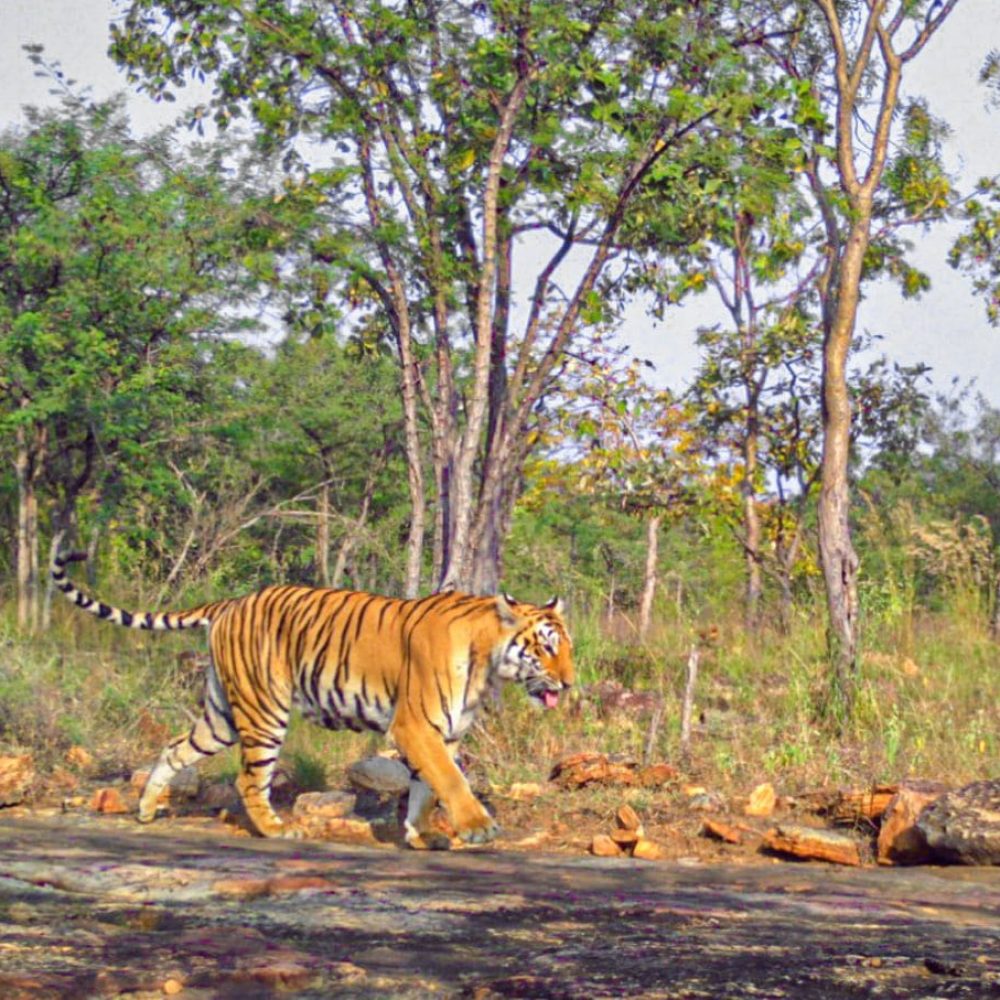
Tiger Population of World
WWF has announced that global tiger populations are on the rise, for the first time in more than 100 years. 3,890 tigers now exist in the wild globally.
India’s tiger population currently stands at 2967 (as per AITE, 2018) which is around 75% of the Global Tiger population. India counts the number of wild tigers every four years. The population is showing a promising rise from 1411 tigers in 2006 to 2226 tigers in 2014.
The trend for rising population of tigers in India is as follows:
- In the year 2006 - 1411
- In the year 2010 - 1706
- In the year 2014 – 2226
- In the year 2018 – 2967
The Best Feedback From Visitors
Lets Get In Touch
Public Relations Supervisor
- 8019309800
Chief Conservative of Forest & Field Director Project Tiger, Srisailam:
- 9440810057
-
cffdptsrisailam@gmail.com
cffdpt_apfd_srslm@ap.gov.in
Divisional Forest Officer (WL), Atmakur
- 9440810058
- dfowlm_apfd_amkr@ap.gov.in
Divisional Forest Officer Wildlife Markapur
- 9440810059
-
dfo_markapur@yahoo.com
dfowlmmarkapur@gmail.com
- cffdptsrisailam@gmail.com
- dfowlmatmakur@gmail.com
- dfo_markapur@yahoo.com
- dfowlnandyal@gmail.com
- dfogiddalur@yahoo.co.in




